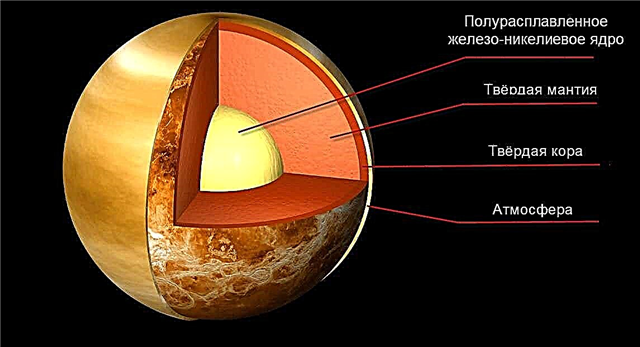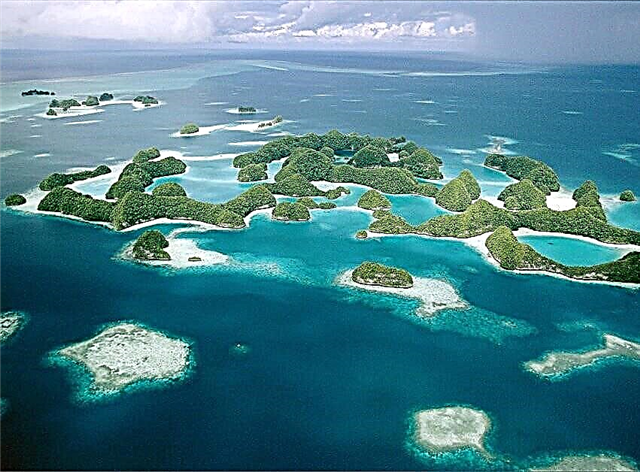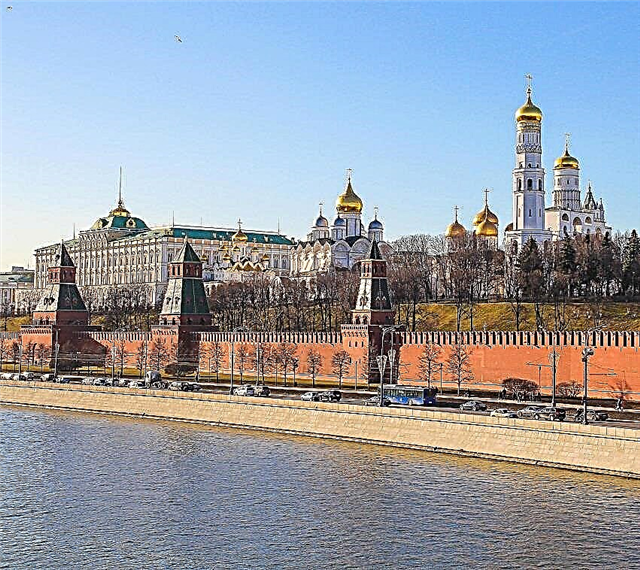7 new wonders of the world are a project aimed at finding the modern Seven Wonders of the World. Voting for the selection of the new 7 wonders of the world from the famous architectural structures of the world took place via SMS, telephone and the Internet. The results were announced on July 7, 2007 - the day of the “three sevens”.
We bring to your attention the New Seven Wonders of the World.
Petra city in Jordan
Petra is located on the edge of the Arabian Desert, near the Dead Sea. In ancient times, this city was the capital of the Nabatean empire. The most famous architectural monuments are undoubtedly the buildings carved into the rock - Khazne (treasury) and Deir (temple).

Translated from Greek, the word "Petra" literally means - rock. According to scientists, these structures have been perfectly preserved to this day due to the fact that they were carved in solid stone.
An interesting fact is that the city was discovered only at the beginning of the 19th century by the Swiss Johann Ludwig Burckhardt.
Coliseum
The Colosseum, which is a real decoration of Rome, began to be built in 72 BC. Inside it could accommodate up to 50,000 spectators who came to see various shows. There was no such structure in the entire empire.

As a rule, gladiatorial battles took place in the arena of the Colosseum. Today, this famous landmark, one of the 7 new wonders of the world, is visited by up to 6 million tourists annually!
The great Wall of China
The construction of the Great Wall of China (see interesting facts about the Great Wall of China) took place from 220 BC. to 1644 AD It was needed to link the fortifications into one whole defense system, in order to protect against the raids of the Manchu nomads.

The length of the wall is 8,852 km, but if we take into account all its branches, then its length will be an incredible 21,196 km! It is curious that this wonder of the world is visited by up to 40 million tourists every year.
Christ the Redeemer statue in Rio de Janeiro
The world famous statue of Christ the Redeemer is a symbol of love and brotherly love. It is installed on the top of the Corcovado mountain, at an altitude of 709 m above sea level.

The height of the statue (including the pedestal) reaches 46 m, with a weight of 635 tons. An interesting fact is that every year the statue of Christ the Redeemer is struck by lightning about 4 times. The date of its foundation is 1930.
Taj Mahal
Construction of the Taj Mahal began in 1632 in the Indian city of Agra. This landmark is a mausoleum-mosque, built by order of the padishah Shah Jahan, in memory of the late wife named Mumtaz Mahal.

It is important to note that the beloved padishah died during the birth of her 14th child. There are 4 minarets around the Taj Mahal, which are deliberately deflected in the opposite direction from the structure. This was done so that in the event of their destruction, they would not damage the mosque.
The walls of the Taj Mahal are lined with glossy translucent marble inlaid with various gems. Marble has very interesting features: on a clear day it looks white, in the early morning - pink, and on a moonlit night - silvery. For these and other reasons, this magnificent building is rightfully named one of the Seven Wonders of the World.
Machu Picchu
Machu Picchu is a city of ancient America, located in Peru at an altitude of 2400 m above sea level. According to experts, it was rebuilt in 1440 by the founder of the Inca empire - Pachacutec Yupanqui.

This city was in complete oblivion for several centuries, until it was discovered by archaeologist Hiram Bingham in 1911. Machu Picchu was not a large settlement, since there were only about 200 buildings on its territory, including temples, residences and other public structures.
According to archaeologists, no more than 1200 people lived here. Now people from all over the world come to see this amazingly beautiful city. Until now, scientists make different assumptions about what technologies were used to construct these buildings.
Chichen Itza
Chichen Itza, located in Mexico, was the political and cultural center of the Mayan civilization. It was built in 455 and fell into disrepair in 1178. This wonder of the world was built due to an acute shortage of rivers.

In this place, the Mayans built 3 cenotes (wells), which provided water to the entire local population. The Maya also had a large observatory and the Kulkan Temple - a 9-step pyramid with a height of 24 m. The Maya practiced human sacrifice, as evidenced by many archaeological finds.
During the electronic voting on which attractions are worthy to be on the list of 7 new wonders of the world, people also cast their votes for the following structures:
- Sydney Opera House;
- The Eiffel Tower;
- Neuschwanstein Castle in Germany;
- Moai on Easter Island;
- Timbuktu in Mali;
- St. Basil's Cathedral in Moscow;
- Acropolis in Athens;
- Angkor in Cambodia, etc.









